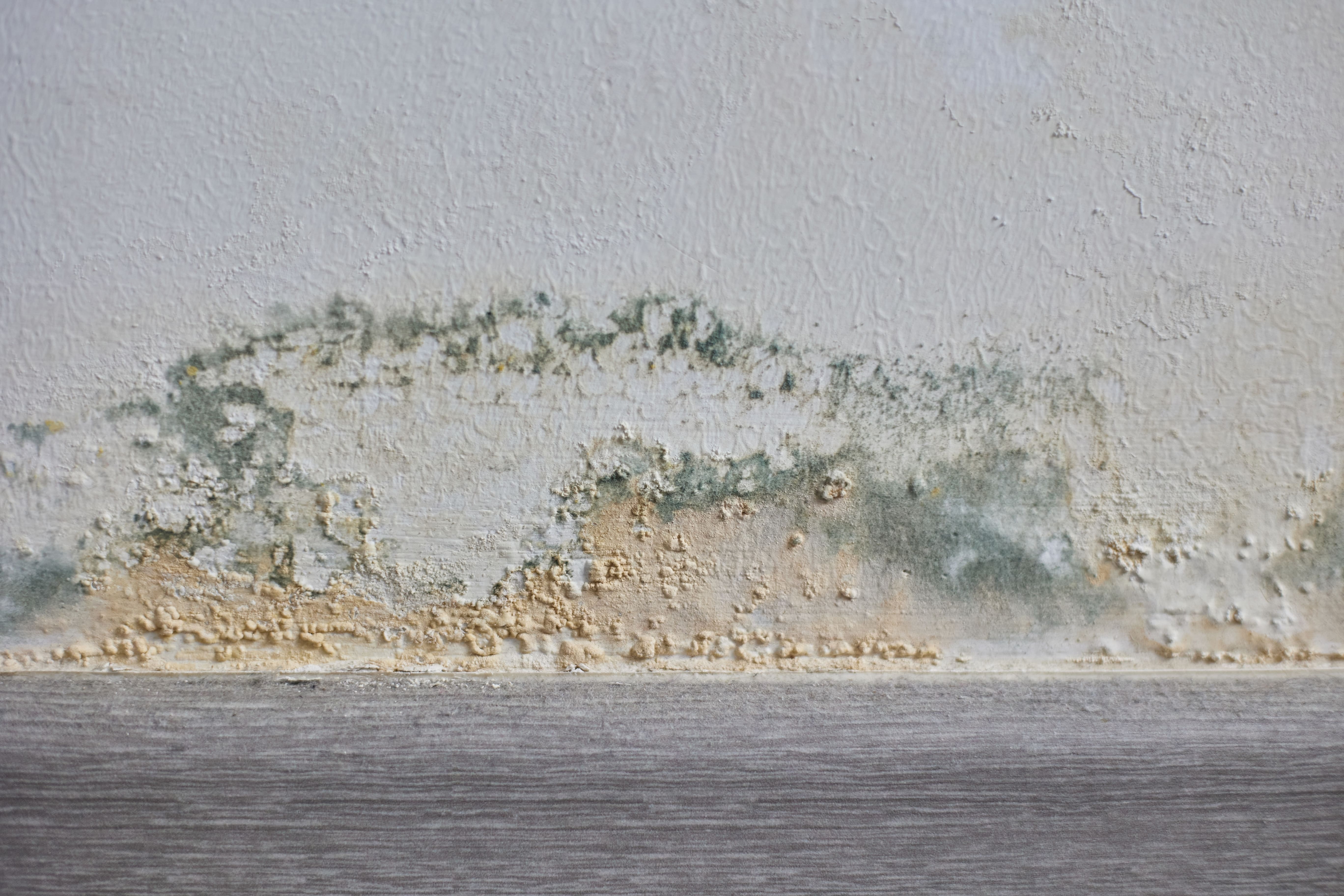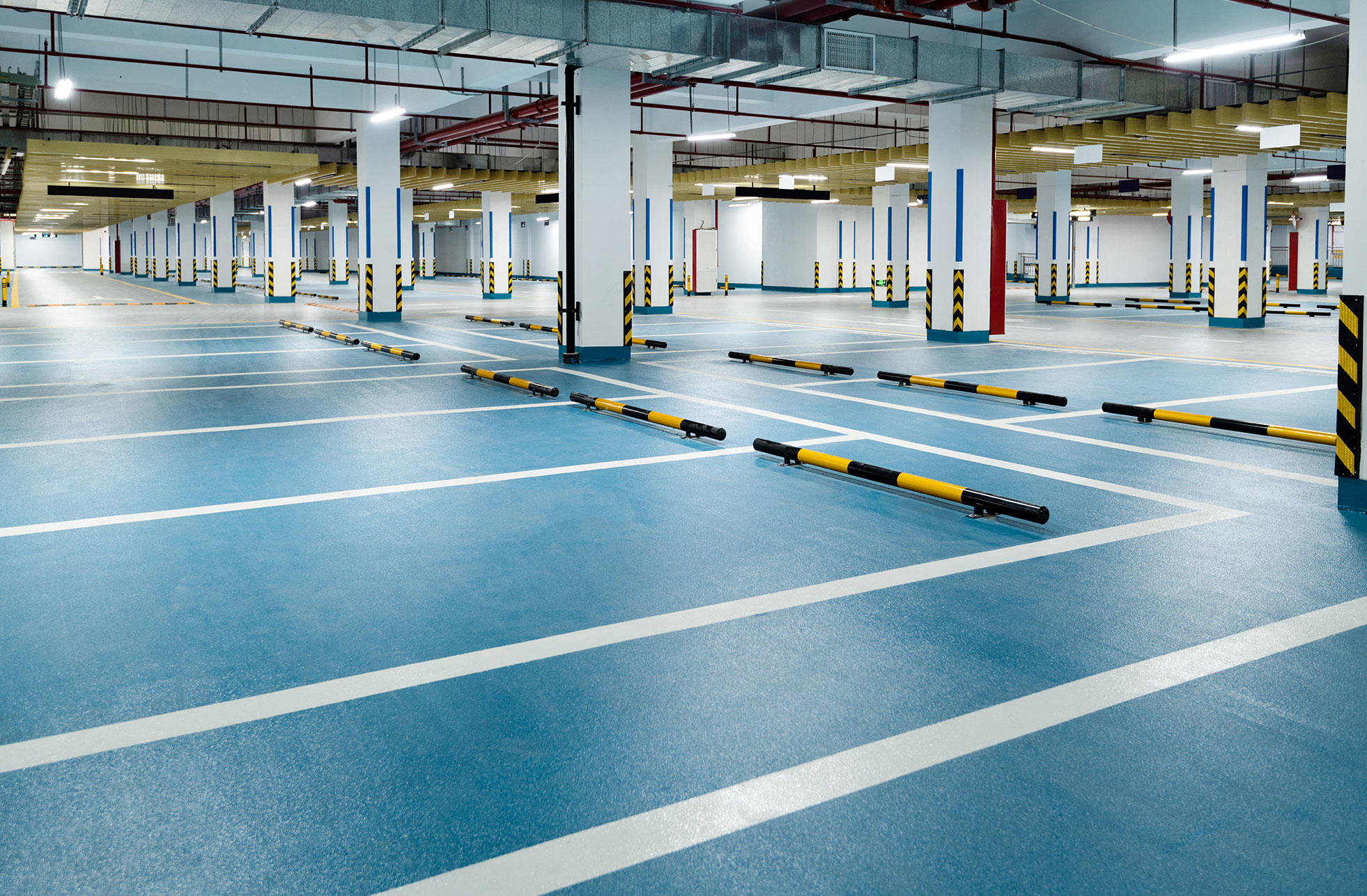
How to Fix Dampness in Buildings: Common Sources & Best Waterproofing Solutions
ARDEX ENDURA
23 Jun 2025
04 Min
Dampness in buildings is a serious problem that weakens the structure and gives it a neglected appearance. It also results in mildew outgrowth that can cause many health issues. The key to fixing dampness is using the right waterproofing solutions.
This guide discusses the common causes of dampness in buildings and effective waterproofing solutions to fix it.
Common Sources of Dampness in Buildings
Rising Damp
Rising Damp is the upward movement of water from the ground to a building's walls. It occurs when a Damp-Proof Course is damaged, bridged or missing. Rising damp can result in damp patches, discoloration on walls, and efflorescence. It can also damage plaster, paint and structure. The main indicators of rising damp include peeling paint, tide marks and salt deposits.
Penetrating Damp
Penetrating damp is also known as rainwater penetration or lateral damp. Rainwater falling on the external wall and parapets results in dampness. If you have a sloping roof, then the rainwater can seep in through your defective roof covering.
Additionally, faulty gutters may also allow the rainwater to come down through the top supporting wall and cause severe dampness. In the case of flat roofs, improper pipe connections and defective places between the roof and parapet can prove to be a major source of dampness. The main indicators include damp patches on walls, especially after rainfall.
Condensation
Condensation occurs when warm and moist air meets a cold surface. Upon contact with the cold surface, the moist air converts into tiny droplets of water, which then pave the path for mold and mildew formation. The chances of condensation are higher in poorly ventilated rooms. Black mold growth and water droplets on glasses are the main signals of condensation.
Leakages & Plumbing Failures
Improper plumbing in buildings at the time of installation can cause leakages and dampness over time. Loose fittings and inadequate tightening of plumbing fixtures are some of the common causes of leakages in buildings. Water dripping from these faulty plumbing results in dampness.
Best Dampness Solutions for Fixing Dampness in Buildings
Waterproofing Walls & Roofs
Applying a high-performing waterproofing membrane is important to prevent water from seeping in. It helps protect your home from mold and mildew growth, which can be the root cause of severe respiratory and other health issues. Waterproofing your house can enhance the durability of the structure and also bring down the untimely costs of hefty repairs. This ensures a comfortable living environment.
WPM 310 is a liquid-applied waterproofing membrane ideal for facade waterproofing to reduce dampness and prevent water ingress. It forms a seamless, flexible barrier that adheres strongly to substrates like concrete, masonry, and plaster, effectively bridging micro-cracks and accommodating structural movements. Designed for external use, WPM 310 offers excellent UV and weather resistance, ensuring long-term durability under harsh environmental conditions. Additionally, it is vapor-permeable, allowing moisture vapor to escape while blocking liquid water, which helps prevent trapped moisture-related issues such as efflorescence and mold
Ardex Endura’s WPM 300 is a water-based epoxy membrane solution. It offers excellent adhesion to damp and freshly laid surfaces. The product is water resistant and prevents rising damp and salt deposits.
Basement & Foundation Waterproofing
Basement and foundation waterproofing are important to prevent structural damage and mold from growing in your home. Dampness in such areas is mostly caused by rising damp, as water seeps into the basement through capillary pores or cracks. Hence, sealing and protecting the basement is important to maintain the sturdy foundation of your residential or commercial space.
Ardex Endura's WPM 415 C is a chemical waterproofing solution composed of Portland cement. The active chemicals in the crystalline waterproofing solution react with the moisture in fresh concrete and by-products of cement to create a non-soluble crystalline formation that seals the concrete. WPM 415 C is non-toxic and can be used as a coating or a concrete additive to achieve higher water resistance.
Preventive Measures to Avoid Future Dampness
- Ensure proper drainage and roof slopes to reduce rainwater percolation. Sloping roofs are a great help in areas prone to rain and snow. They help the water or snow slide down onto the ground instead of gathering on the rooftops.
- Use waterproof sealants, membranes and paints to prevent water from dampening the surface of your home.
- Make sure your rooms are properly ventilated to prevent moisture from accumulating. Introduce mechanisms such as chimneys, humidifiers and exhaust fans to prevent moisture from forming.
- Ventilators should be added in all rooms to keep the moisture out.
- Take monsoon safety precautions, such as repairing cracks and redoing your wall construction to avoid moisture and leakages.
- Replace old, leaky pipes with new ones. Also, check for loose fixtures that can cause water to drip.
- Use an effective waterproofing solution.
Introducing Ardex Endura’s waterproofing solutions when constructing a new structure can provide long-term protection against moisture-related problems. Implementing our dampness solutions can effectively mitigate dampness in buildings, ensuring a safe and healthy living environment.
Conclusion
Promptly addressing dampness is crucial to preventing expensive repairs and health problems. Effective exterior wall waterproofing solutions and other dampness treatments can protect your building. Ready to protect your building from dampness? Discover Ardex Endura’s trusted waterproofing solutions.




